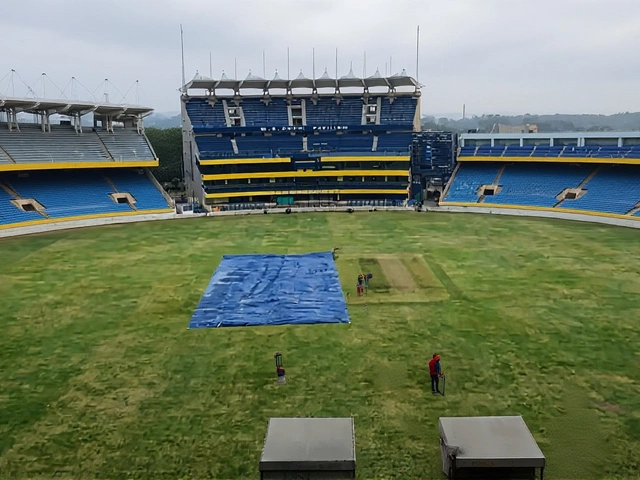Exploring the Factors Behind India's Rapid Population Growth
India is one of the most populous countries in the world, with a population of over 1.3 billion people. But when did India's population begin to grow rapidly?The answer lies in the 1940s, when India's population growth rate began to increase significantly. This was due to a number of different factors, including improvements in healthcare and nutrition, increased migration, and increased fertility rates.
Healthcare and nutrition were key contributors to India's population growth during this time. Improved healthcare enabled people to live longer, while improved nutrition meant that more children survived to adulthood. The result was that more people were living and having families of their own, resulting in a population boom.
Increased migration also played a role in India's population growth. As the country became increasingly industrialized throughout the 1940s, more people began to move to urban areas in search of better job opportunities. This influx of people, combined with improved healthcare and nutrition, contributed to India's population growth.
Finally, increased fertility rates also played a role in India's population growth. As more and more people were living longer, they were able to have more children, which in turn caused the population to increase.
Overall, these factors all contributed to India's population growth during the 1940s. This period of rapid population growth continued for several decades, and is still ongoing today.
A Timeline of India's Population Growth: How Did We Get Here?
The history of India’s population growth is a fascinating one. From a small and relatively isolated population of around 200 million in the early 19th century, India’s population has grown exponentially to become the second most populous nation in the world.1800s: During the early years of British rule in India, the population was estimated to be around 200 million. This number remained relatively stable until the end of the 19th century.
1900s: In 1901, the population of India was estimated at around 238 million. This number began to grow rapidly, due to improved healthcare, better nutrition, and advances in technology. By 1921, the population had grown to nearly 294 million.
1940s: By the mid-1940s, the population of India had grown to an estimated 389 million. This growth was primarily due to increased life expectancy, improved living conditions, and increased economic activity.
1960s: The population of India reached an estimated 548 million in 1961. This was the result of an even greater emphasis on healthcare, improved sanitation, and a decrease in infant mortality.
1980s: By 1981, the population of India had grown to over 684 million. This was largely due to a decrease in the mortality rate and an increase in fertility rates.
2000s: In 2001, India’s population was estimated to be over 1 billion. This was mainly due to improved access to healthcare, increased economic activity, and a decrease in infant mortality.
Today: India’s population is estimated to be over 1.3 billion. This dramatic growth is due to continued improvements in healthcare, better nutrition, and advances in technology.
India’s population growth is an incredible success story, and it is a testament to the hard-work and dedication of the people of India. As the population continues to grow, it is important to ensure that India’s resources are managed sustainably.





